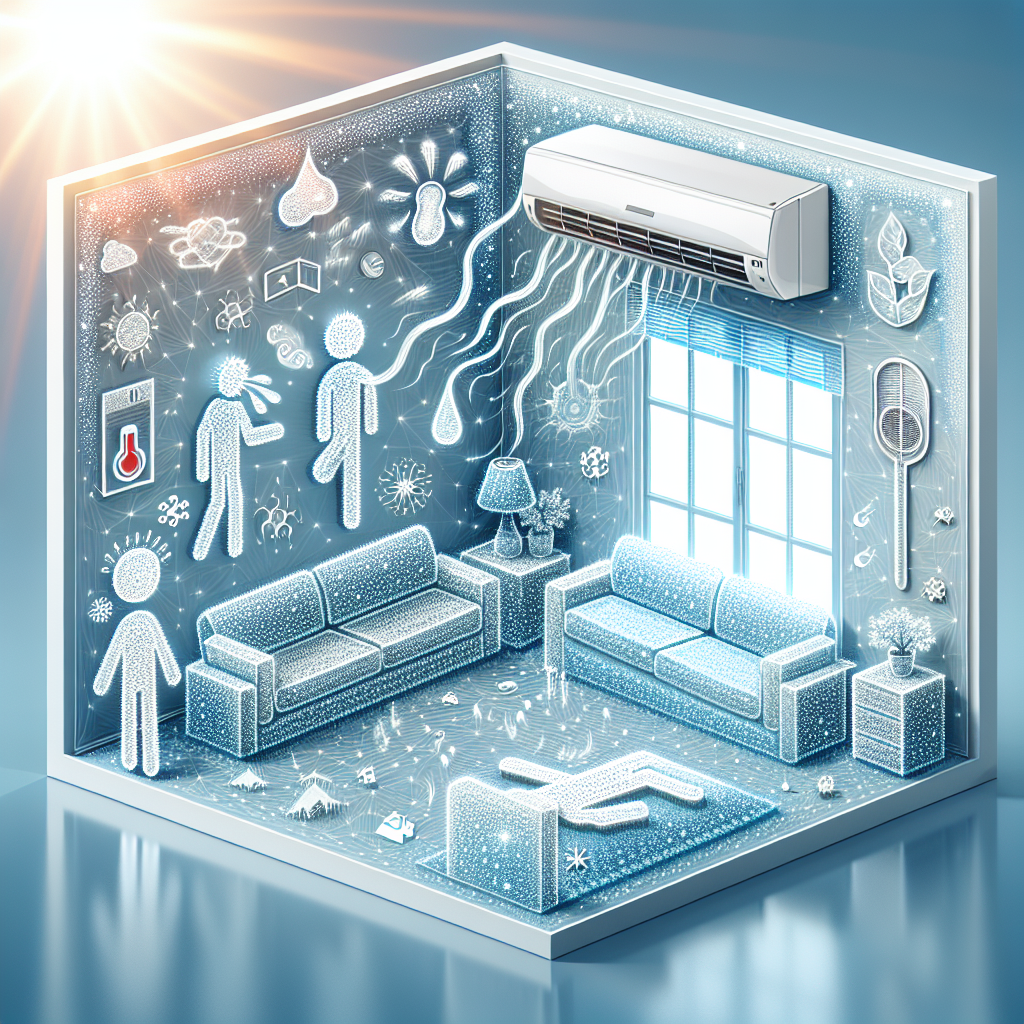Chronic illnesses can be a burden for patients, requiring ongoing management and monitoring to ensure they are receiving the proper care and treatment. However, thanks to advancements in technology, remote monitoring has become a valuable tool in improving outcomes for patients with chronic illnesses.
Remote monitoring allows healthcare providers to track a patient’s vital signs, symptoms, and medication adherence from a distance. This real-time data enables healthcare teams to intervene quickly if a patient’s condition worsens, ultimately leading to better outcomes and reduced hospitalizations.
One of the key benefits of remote monitoring is the ability to provide personalized care to each patient. By continuously collecting and analyzing data, healthcare providers can tailor treatment plans to meet the individual needs of each patient. This personalized approach can lead to better control of chronic conditions, improved quality of life, and reduced healthcare costs.
Furthermore, remote monitoring can also help patients take a more active role in managing their health. By providing patients with access to their own health data, they can better understand their condition, track their progress, and make informed decisions about their care. This increased engagement can lead to better adherence to treatment plans and ultimately better health outcomes.
Another advantage of remote monitoring is its ability to provide continuous care, even outside of traditional healthcare settings. Patients can be monitored in their own homes, allowing for early detection of potential issues and timely intervention. This not only improves patient outcomes but also reduces the burden on healthcare facilities and providers.
Overall, remote monitoring is revolutionizing the way chronic illnesses are managed and treated. By providing personalized care, empowering patients, and enabling continuous monitoring, remote monitoring is improving outcomes for patients with chronic illnesses and helping them live healthier, more fulfilling lives.


